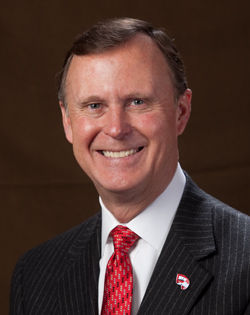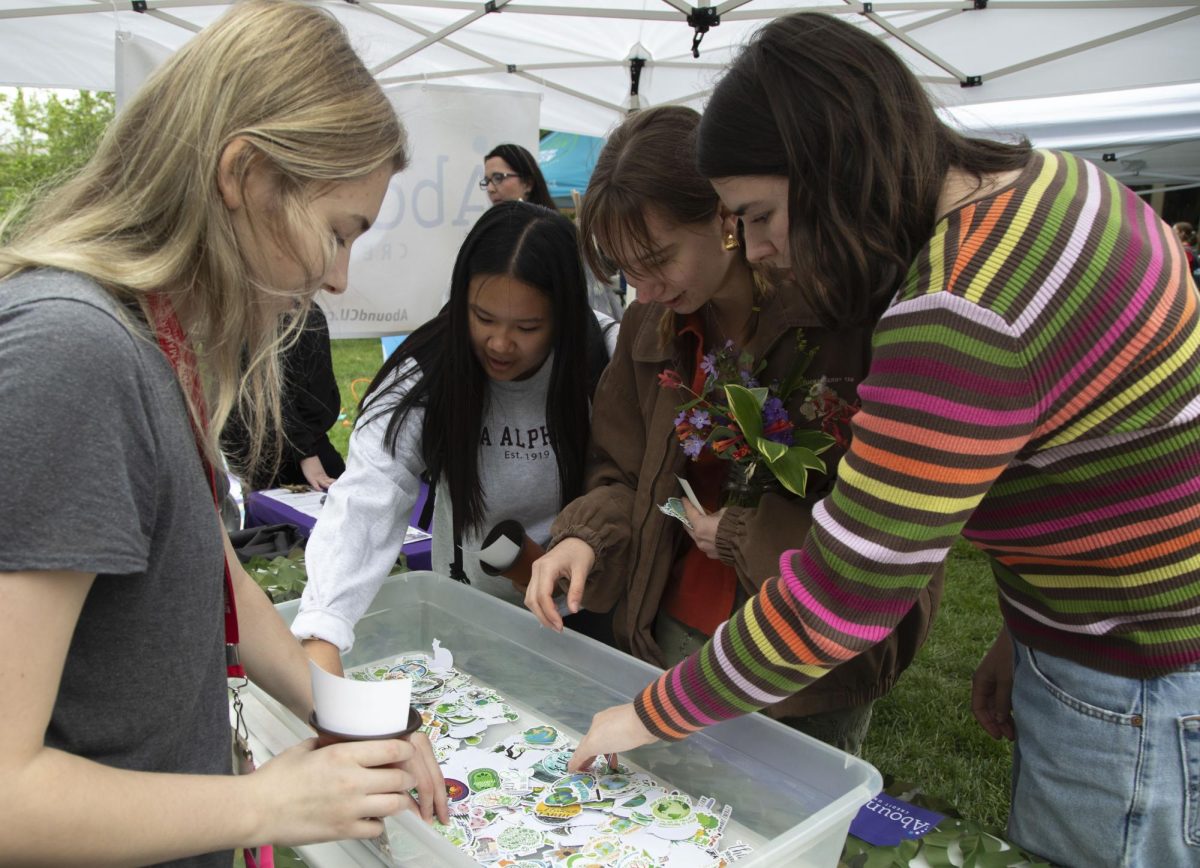Ransdell offers insight into Confucius Institute process
September 24, 2015
Questions surrounding the contract signed by President Gary Ransdell with Hanban have recently drawn scrutiny from faculty and students alike. But what was the process that lead up to the signing of the contract?
Hanban, the division of the Chinese Education Ministry that oversees the Confucius Institutes, decided to fund 10 Model Confucius Institutes around the world near the Confucius Insitutes’ 10th anniversary. Two would be in the U.S., and eight would be in other locations.
Ransdell said Hanban opened an application process to institutions who wanted to have one of these Model Confucius Institutes, and WKU decided to go after one.
“They kind of opened that up for the Confucius Institutes to compete, if you will, for authorization to get one of these structures,” he said. “They determined that this would be an appropriate next dimension in their investment in colleges and universities around the world, and so we decided we would pursue one.”
Terrill Martin, managing director for the Confucius Institute, elaborated on exactly what Ransdell meant by competing.
Martin said the competition process was similar to applying for a grant, and ultimately only a few applicants are selected.
Martin said he was unsure of how many institutions applied but that the University of Kentucky also applied for the funding. He said the sheer number of applicants vying for the status of Model Confucius Institute made the competition.
“It wasn’t like a basketball-tournament type thing,” Martin said.
He added that the proposal submitted for funding consideration was divided into categories: the history of your Confucius Institute, the visions of your institute, your accomplishments and where you’re trying to go with your language program and the Confucius Institute program generally.
“There’s 450 Confucius Institutes worldwide. We each share the same mission, but we go about doing that in different ways,” he said.
Ransdell added that while they were suggesting potential places to house the Confucius Institute, they had no idea what other institutions were suggesting.
“So there was a lot of communication back and forth — how we would go about it, what it was they were seeking,” he said. “You know, we proposed adding a wing on the library. We proposed a house; we proposed part of another building. We proposed lots of different things, all the time knowing that we’re kind of competing with other institutions, and we didn’t know what other institutions were suggesting.”
President Ransdell said the communication took over a year, and as WKU realized it was highly favored, it entered into more serious negotiations.
“So it was kind of a year-long, kind of a negotiation, if you will, and so about this time last year, we began to sense that we were favored in that process,” he said. “And so then it became more of a negotiation, if you will, and then that negotiation produced that contract which I signed on Dec. 8. The money followed shortly thereafter, and so I took the construction project to the board in January.”
Martin said there we no additional requirements from Hanban when WKU were awarded the funding other than being able to match Hanban’s $1.5 million.
“We didn’t have to promise anything or do anything outside of that,” he said.
Martin said that in his opinion, WKU’s “cutting edge” was able to get the funding. Since the program’s start in 2010, the Confucius Institute has grown from 11 Chinese teachers to 43 and has grown from four school districts to 23.
“I think it’s very hard to find another CI that’s as progressive as we are,” he said.
Ransdell said WKU is free to do whatever it wishes with the Confucius Institute itself, as long as the building remains its home.
“The only restriction on the building is that it remains the home of the Confucius Institute,” he said. “Beyond that, it’s completely up to us what our Confucius Institute does and what the campus uses the building for. It’s completely up to us … kind of like when other donors help build facilities.”



















![Students cheer for Senator at Large Jaden Marshall after being announced as the Intercultural Student Engagement Center Senator for the 24th Senate on Wednesday, April 17 in the Senate Chamber in DSU. Ive done everything in my power, Ive said it 100 times, to be for the students, Marshall said. So, not only to win, but to hear that reaction for me by the other students is just something that shows people actually care about me [and] really support me.](https://wkuherald.com/wp-content/uploads/2024/04/jadenmarshall-600x422.jpg)





